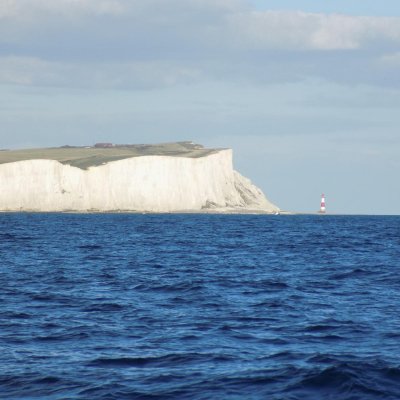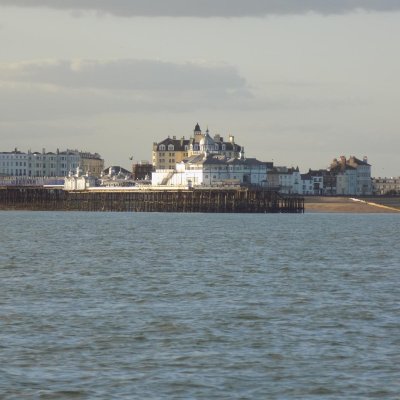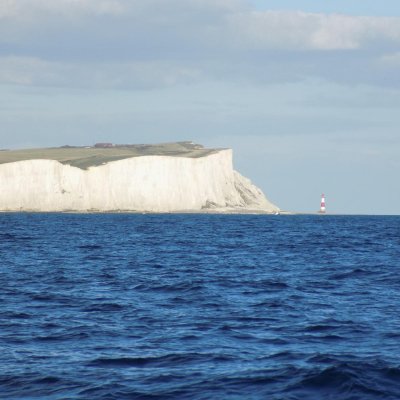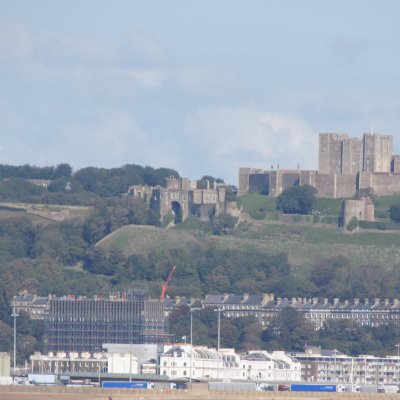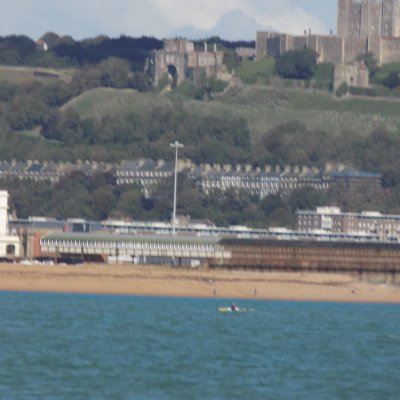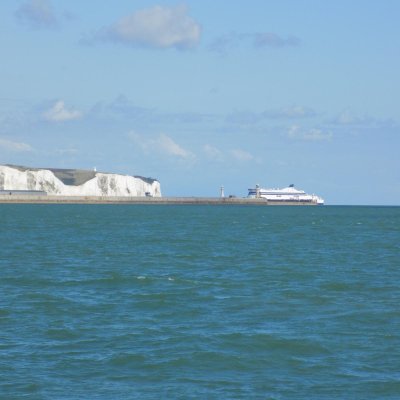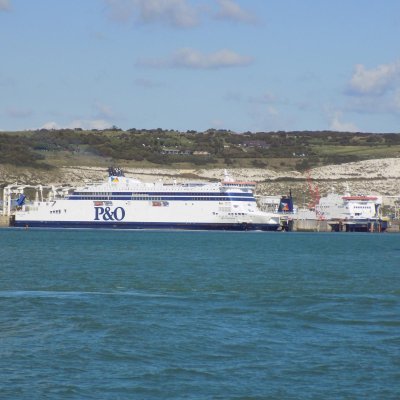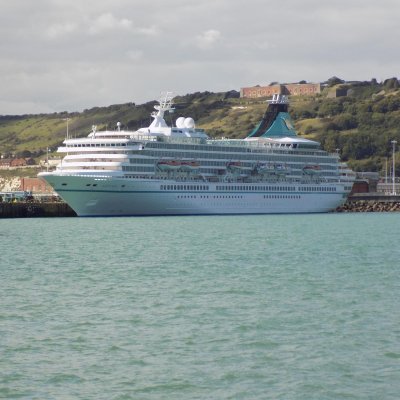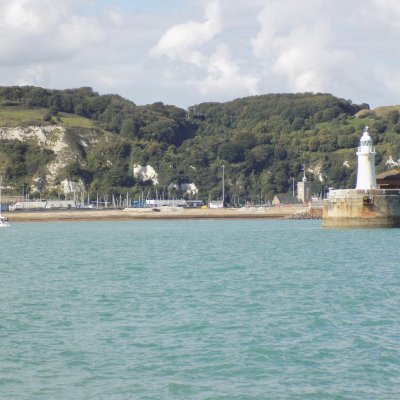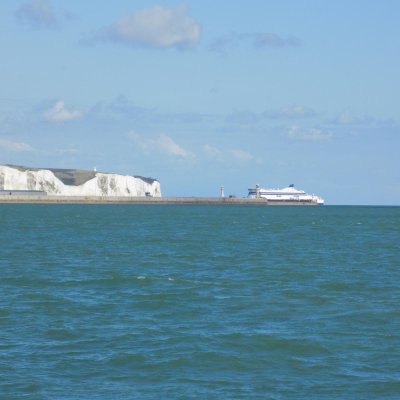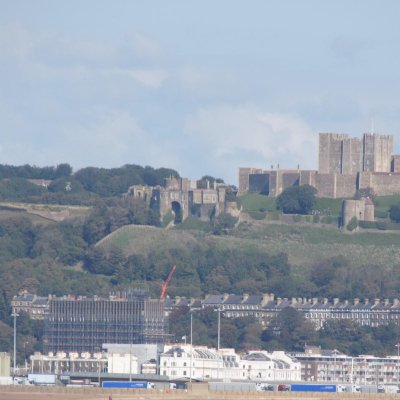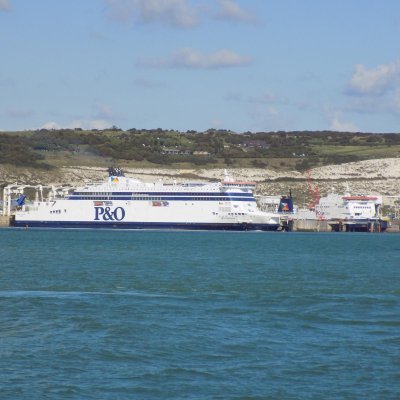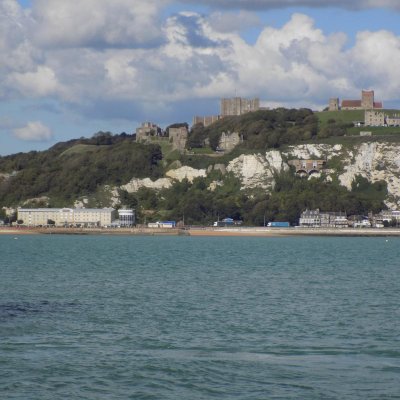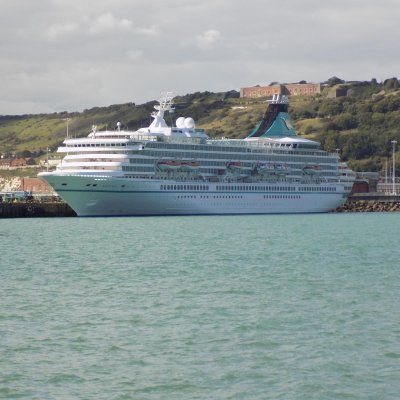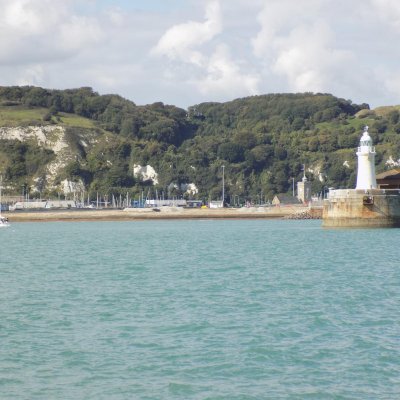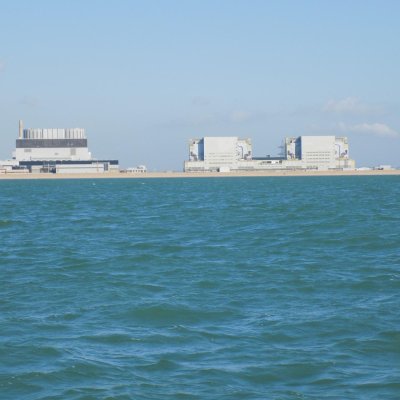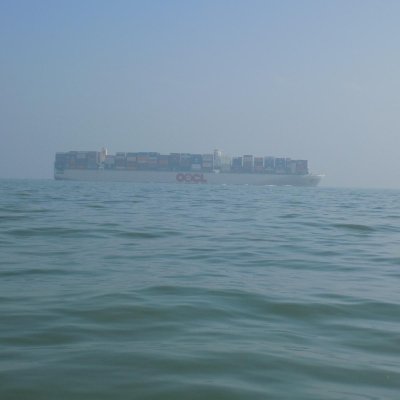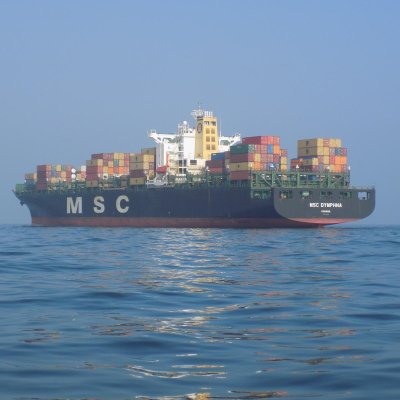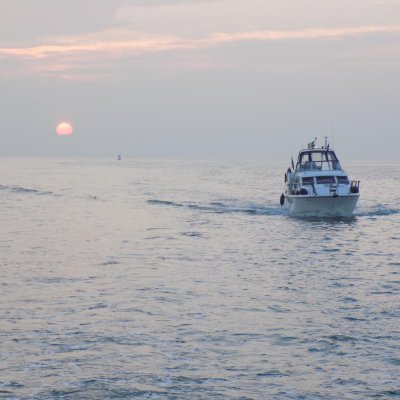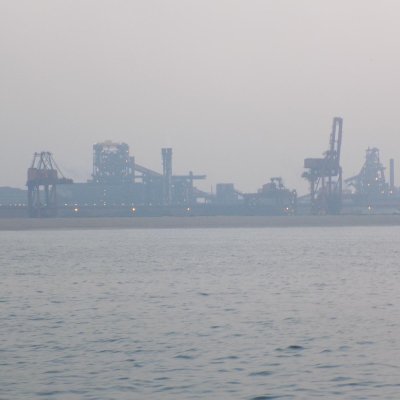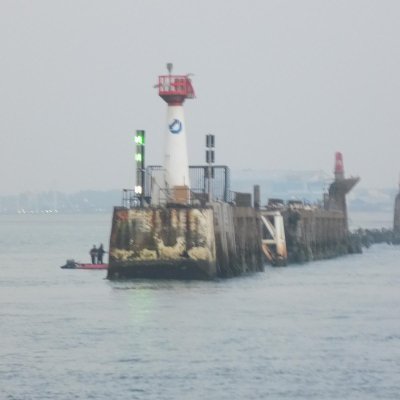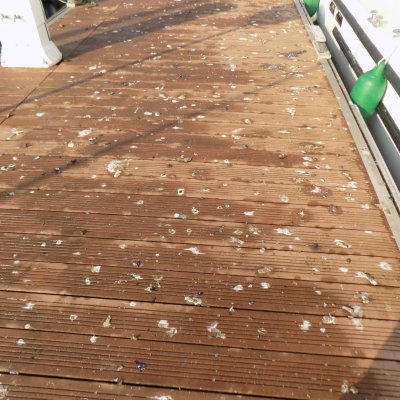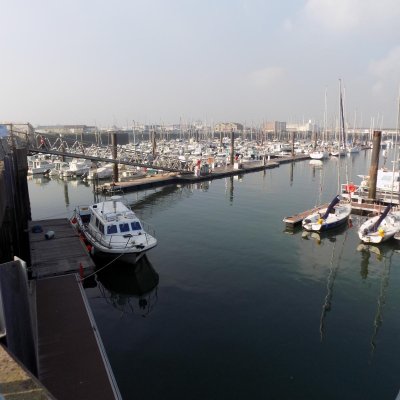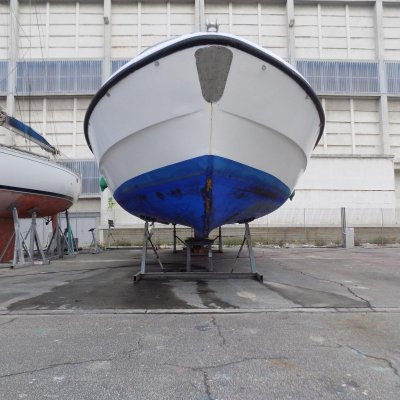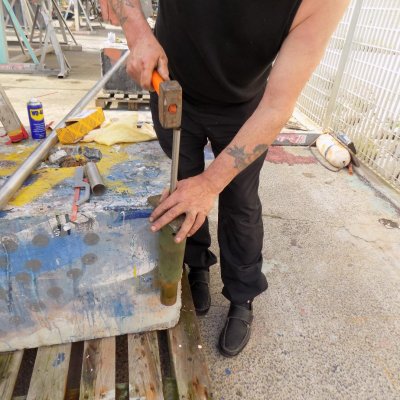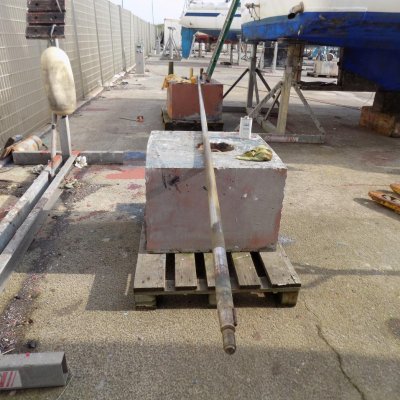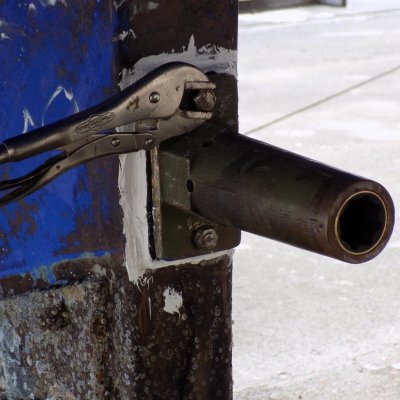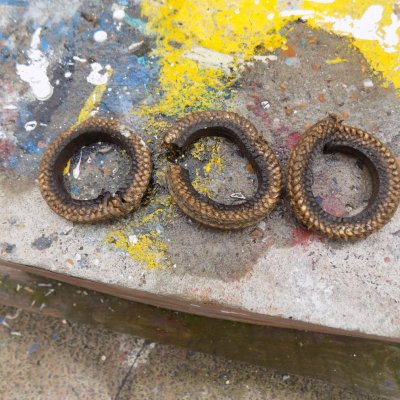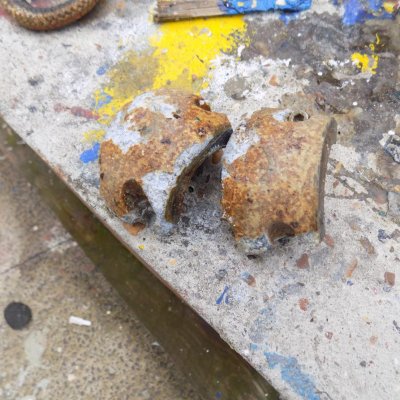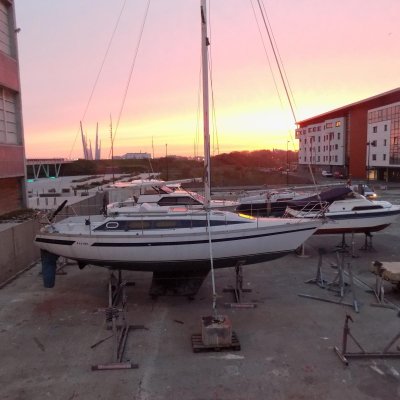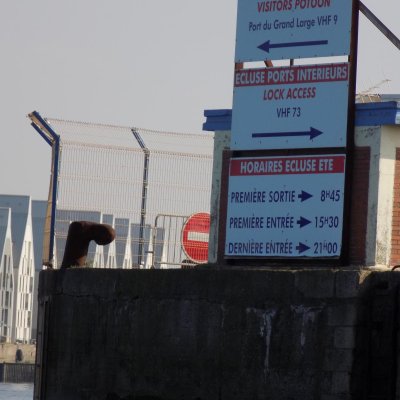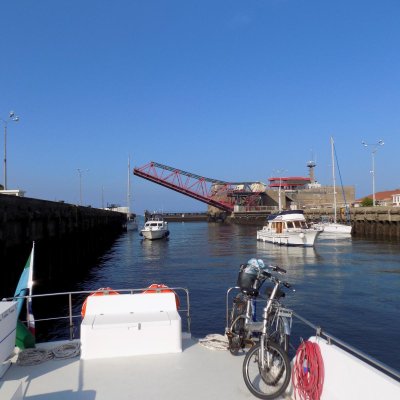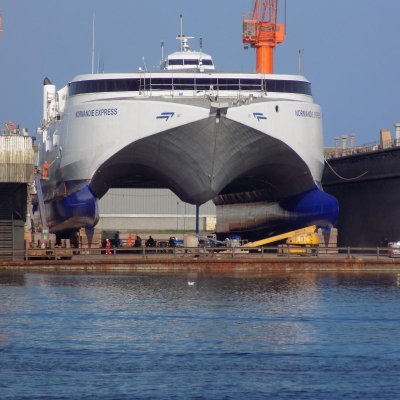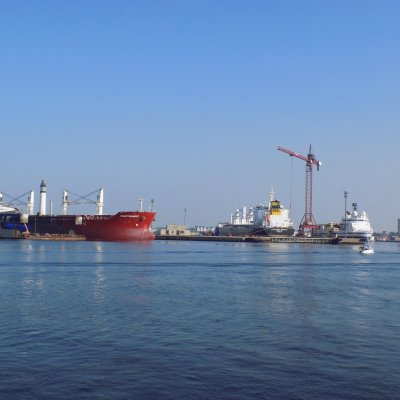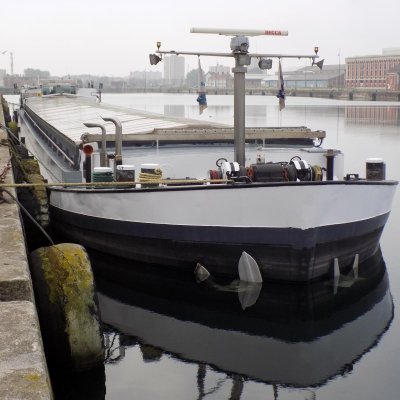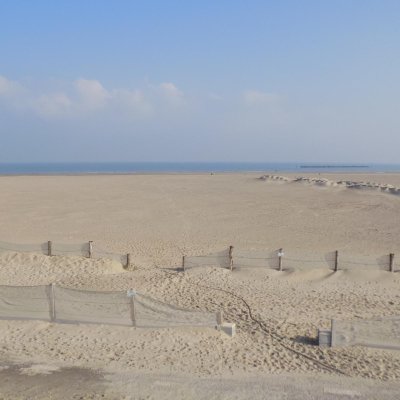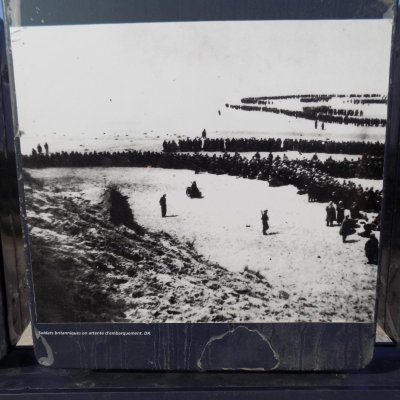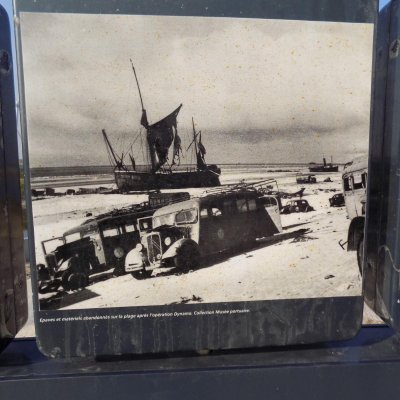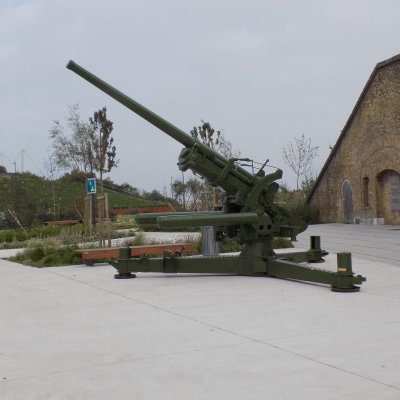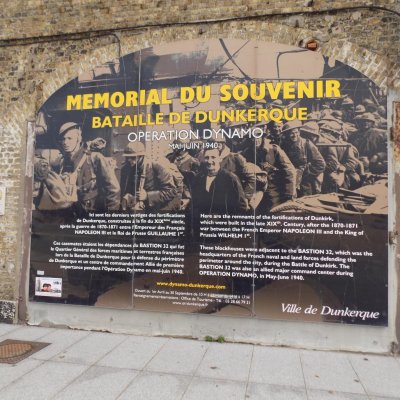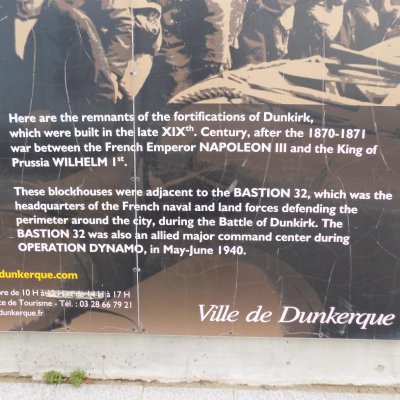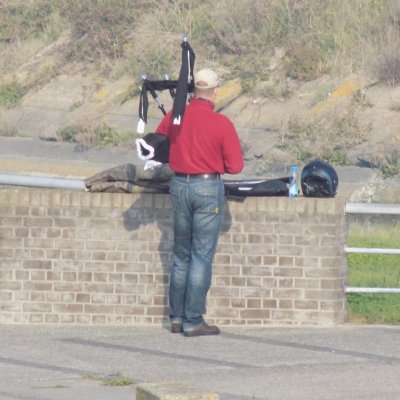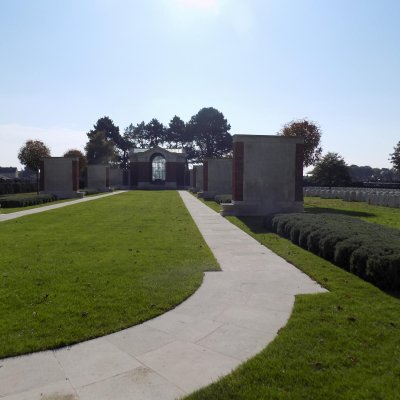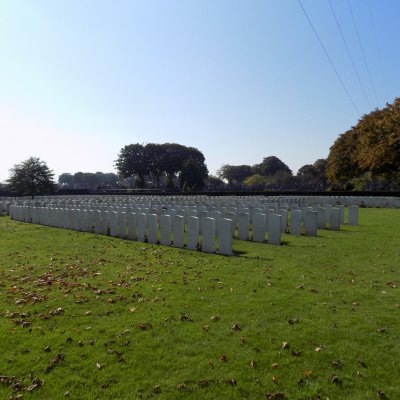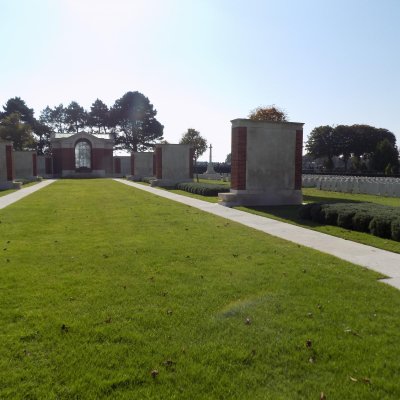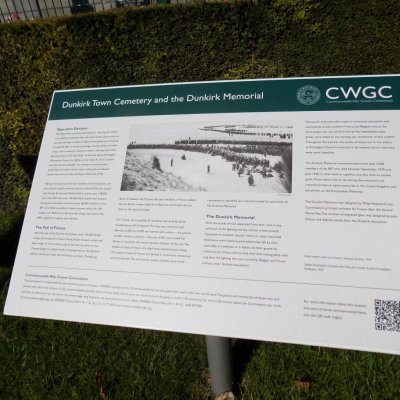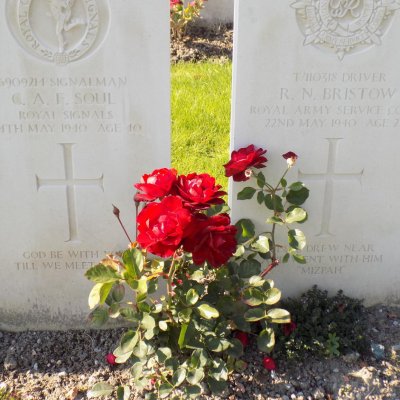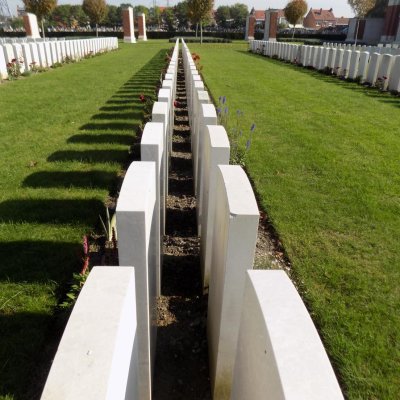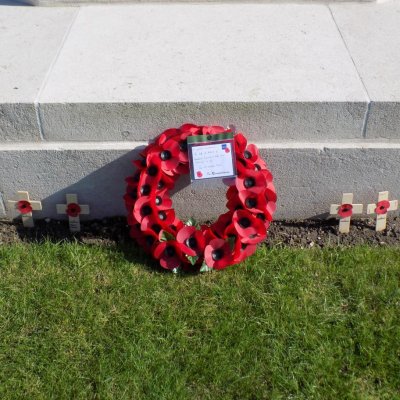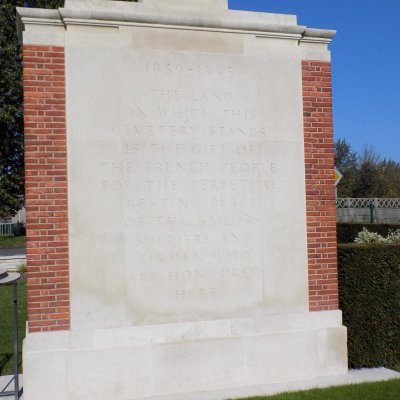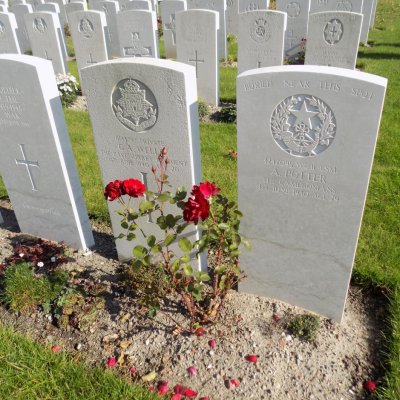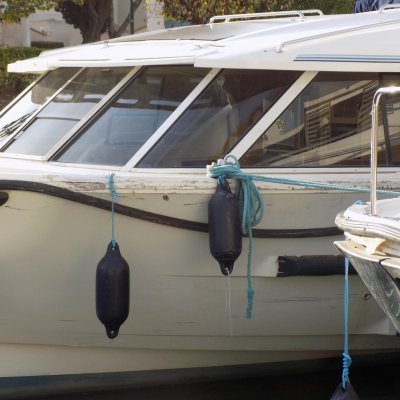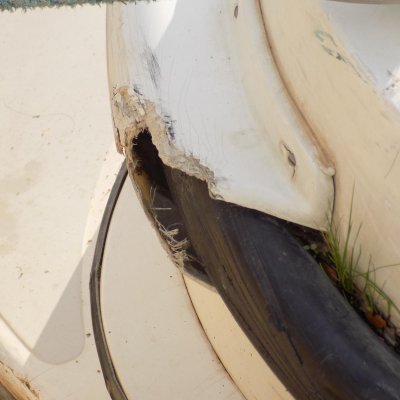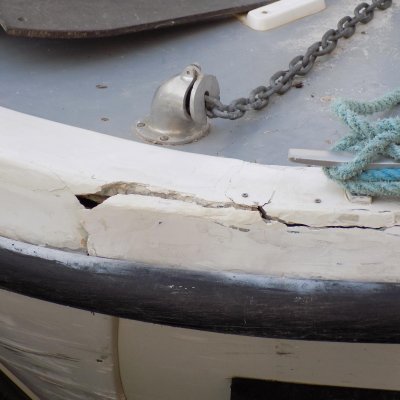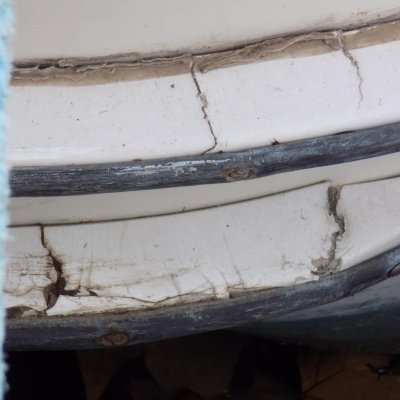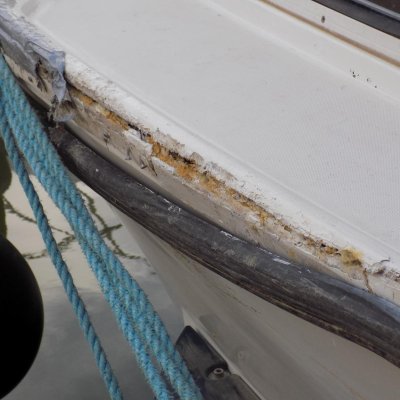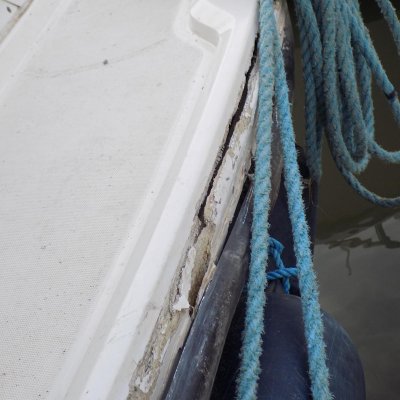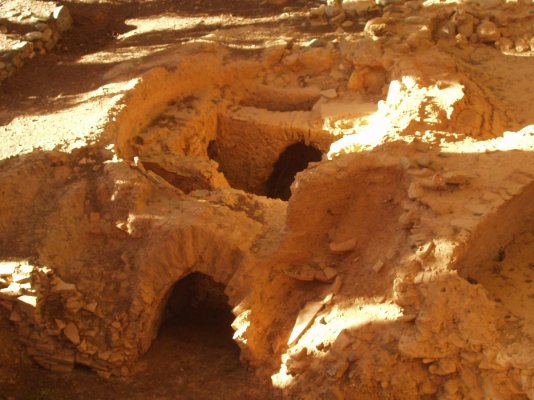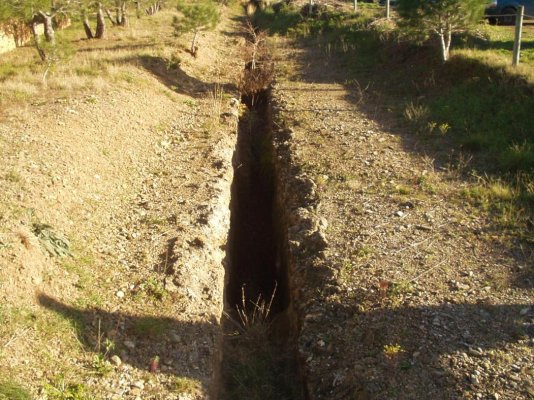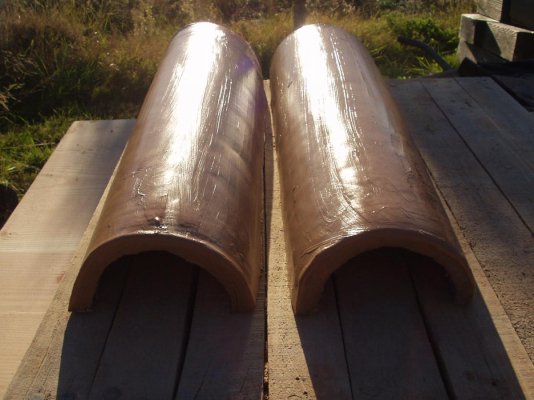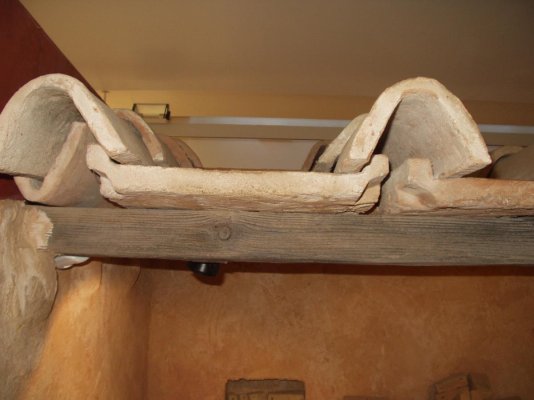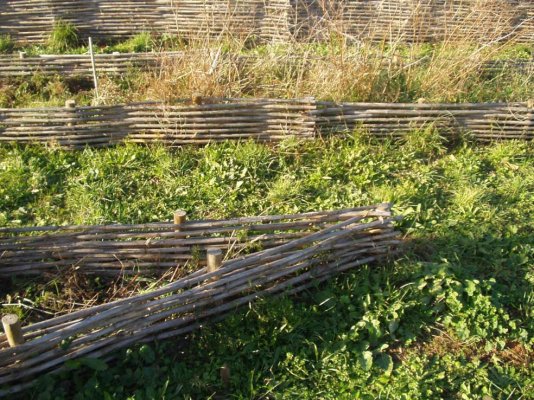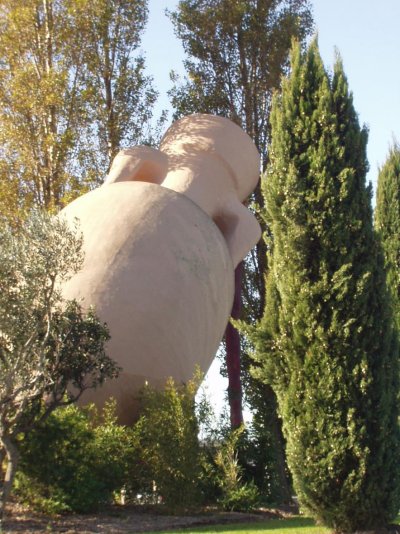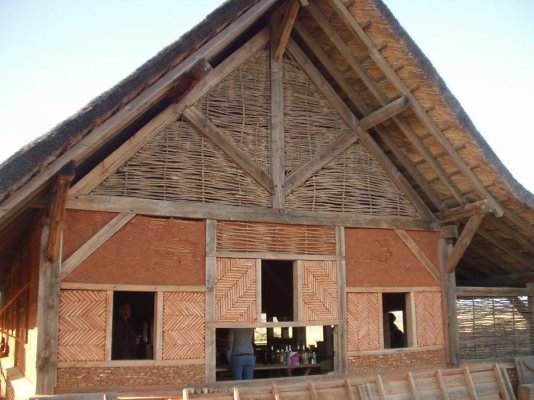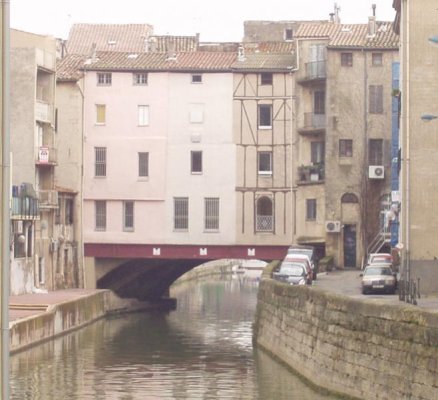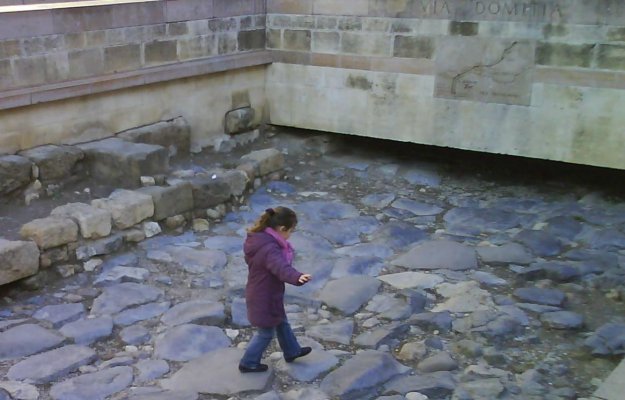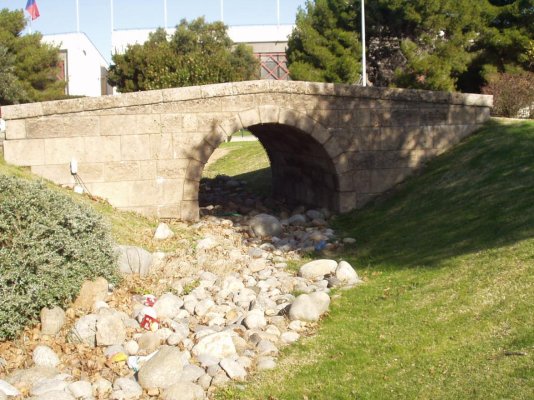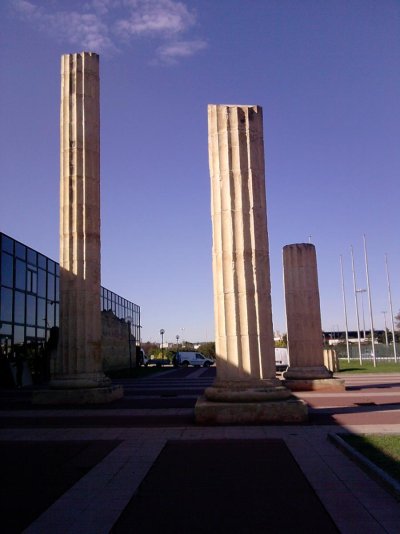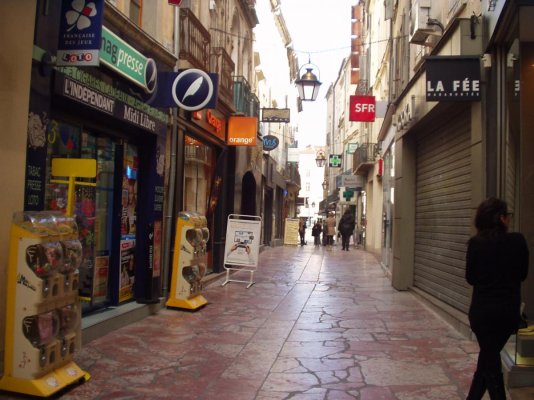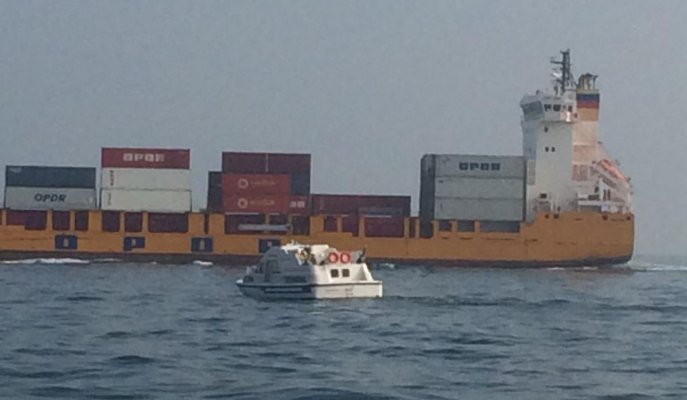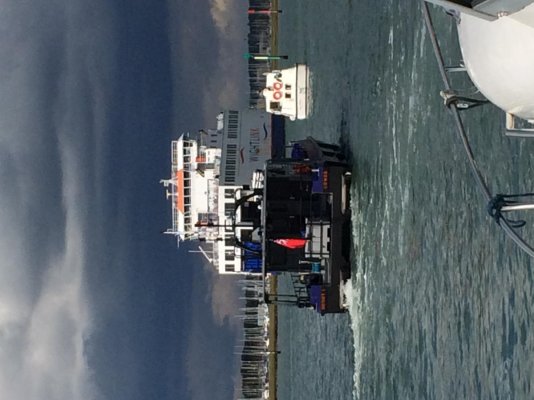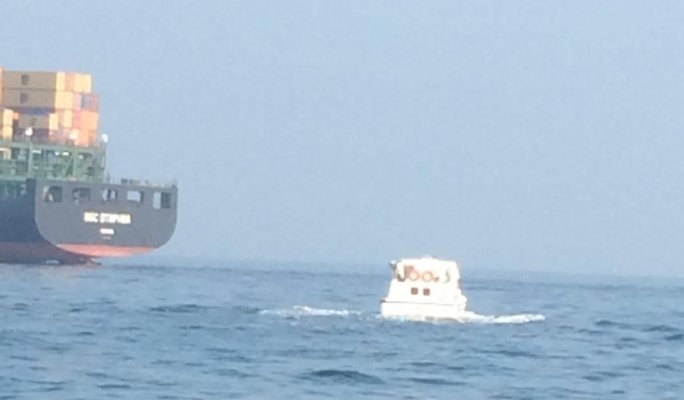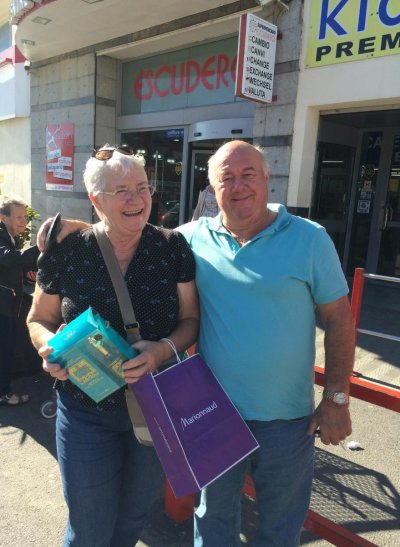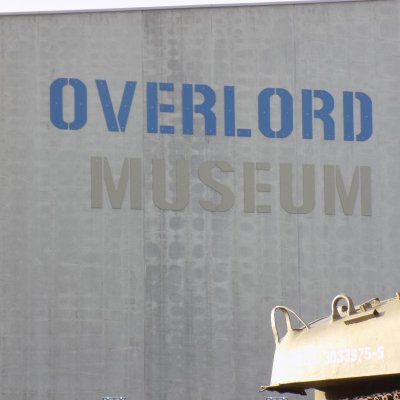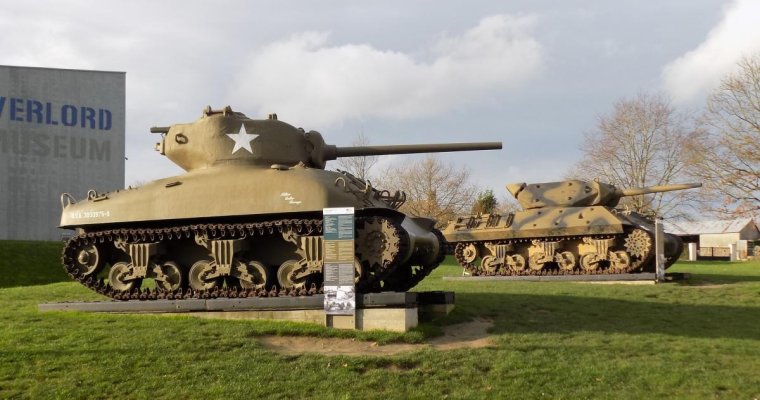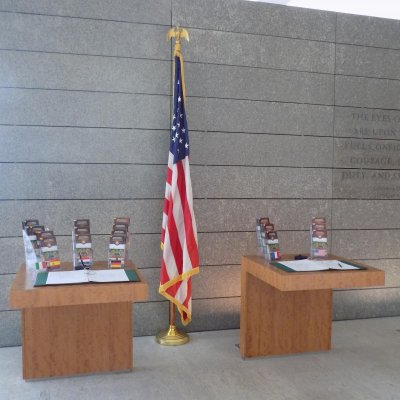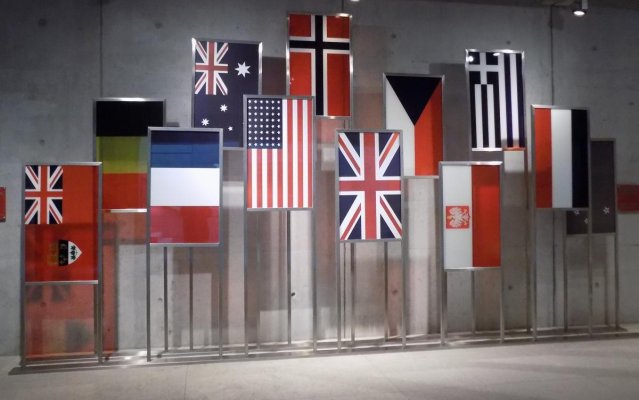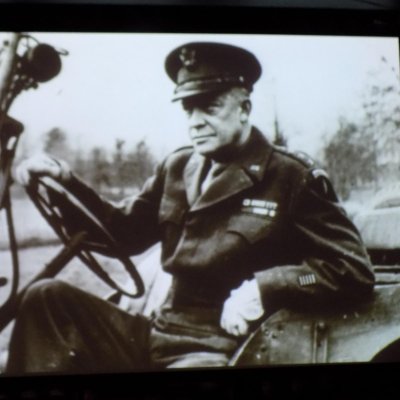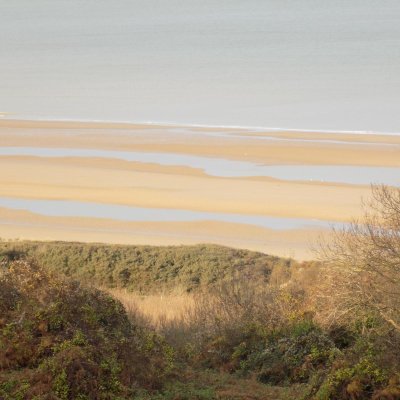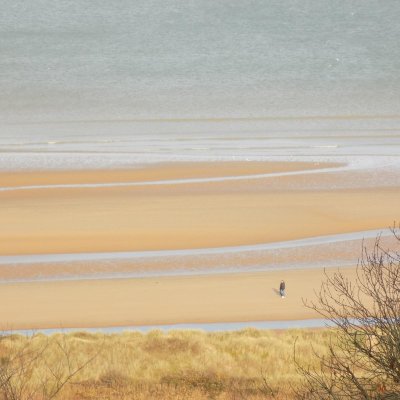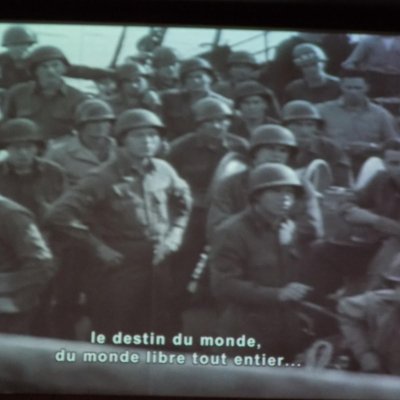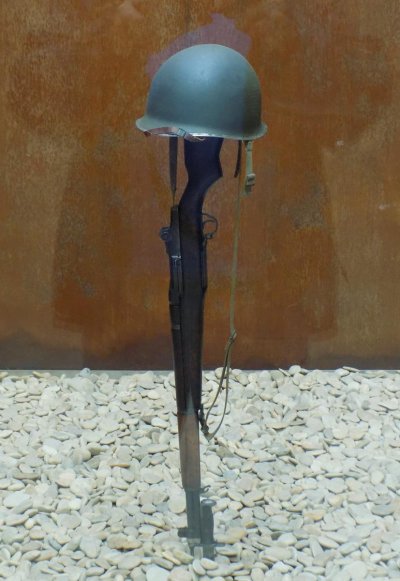Irish Rambler
Guru
- Joined
- Apr 29, 2014
- Messages
- 1,733
- Location
- FRANCE
- Vessel Name
- 'Snow Mouse.'
- Vessel Make
- BROOM FLYBRIDGE 42.
That's the history lessons over, our girls have arrived back from France by ferry from Le Havre and it was time to consult the tea leaves, cards or even wet our thumb and stick it in the air to see what the weather held in store for us so we could be on our way, time was getting short for us to reach our winter moorings in Dunkirk due to the capricious weather.
Actually we use the UK government weather site to check surface pressure predictions and the best free site we've found so far from the many claiming to be the best is meteofrance.com.
The predictions are the worst case scenario and it's never let us down so far.
We planned to leave Gosport and cruise to Eastbourne to catch a favourable tide to speed our progress with our secondary ports of Shoreham with it's tempting Spanish bar with Tapas snacks, San Miguel and Estrella Damm beer on draught alongside the small marina there, it's a small commercial port accessed by a sea lock but we wanted to avoid restrictions so ruled it out.
Brighton marina is a super marina, a wee bit out of town but has great facilities, Brighton's regarded as the gay capital of the South of England and as an old fashioned WASP that ruled it out for me.
Eastbourne was within a hard days cruising so we opted for that despite having a sea lock.
Eastbourne is known as 'the retirement capital of the South' with it's soft climate and genteel atmosphere with house prices far less than Brighton making it suitable for pensioners.
The marina is part of an out of town development on reclaimed land with the usual tower blocks of flats, for us it had no atmosphere at all, a couple of yuppie upmarket restaurants but a surprisingly good 'chippie' (fish & chip shop) hidden away around the back. Since I was last there some fishing boats have began to work out of there which helps but I'm sure the well heeled locals will soon be complaining of the noise and smell.
As we had good weather the following day we were only staying only one night anyway.
Photo of chalky cliffs so typical of this coastline.
In Victorian times there was a passion for building piers out into the sea for people to stroll along as it was thought the ozone sea air beneficial.
If you came from an industrial area you can understand why it was so popular, many had amusements lining the sides and other had small theatre's. Blackpool pier in Lancashire North West England is probably the best known in the UK.
Actually we use the UK government weather site to check surface pressure predictions and the best free site we've found so far from the many claiming to be the best is meteofrance.com.
The predictions are the worst case scenario and it's never let us down so far.
We planned to leave Gosport and cruise to Eastbourne to catch a favourable tide to speed our progress with our secondary ports of Shoreham with it's tempting Spanish bar with Tapas snacks, San Miguel and Estrella Damm beer on draught alongside the small marina there, it's a small commercial port accessed by a sea lock but we wanted to avoid restrictions so ruled it out.
Brighton marina is a super marina, a wee bit out of town but has great facilities, Brighton's regarded as the gay capital of the South of England and as an old fashioned WASP that ruled it out for me.
Eastbourne was within a hard days cruising so we opted for that despite having a sea lock.
Eastbourne is known as 'the retirement capital of the South' with it's soft climate and genteel atmosphere with house prices far less than Brighton making it suitable for pensioners.
The marina is part of an out of town development on reclaimed land with the usual tower blocks of flats, for us it had no atmosphere at all, a couple of yuppie upmarket restaurants but a surprisingly good 'chippie' (fish & chip shop) hidden away around the back. Since I was last there some fishing boats have began to work out of there which helps but I'm sure the well heeled locals will soon be complaining of the noise and smell.
As we had good weather the following day we were only staying only one night anyway.
Photo of chalky cliffs so typical of this coastline.
In Victorian times there was a passion for building piers out into the sea for people to stroll along as it was thought the ozone sea air beneficial.
If you came from an industrial area you can understand why it was so popular, many had amusements lining the sides and other had small theatre's. Blackpool pier in Lancashire North West England is probably the best known in the UK.
Attachments
Last edited:

